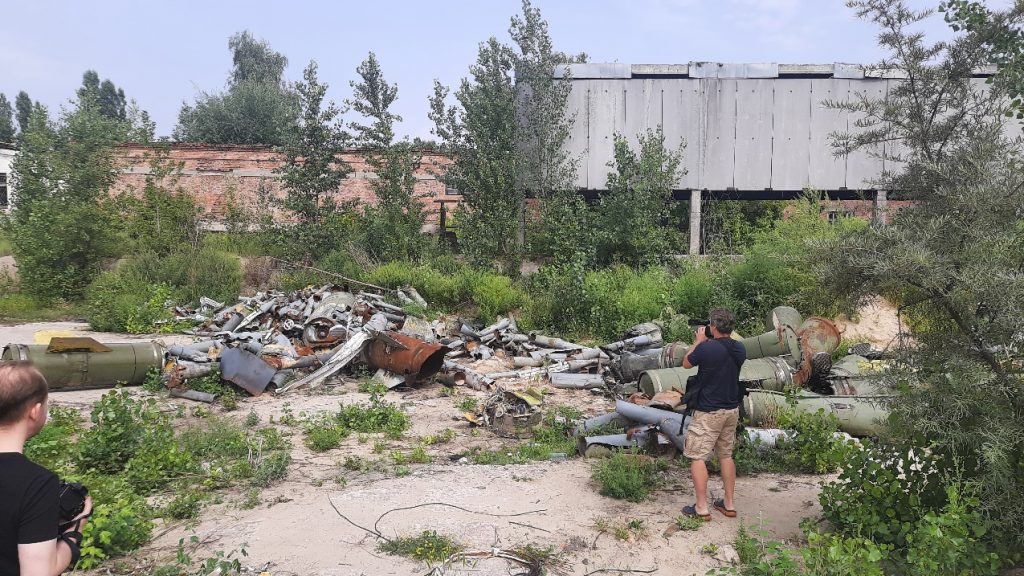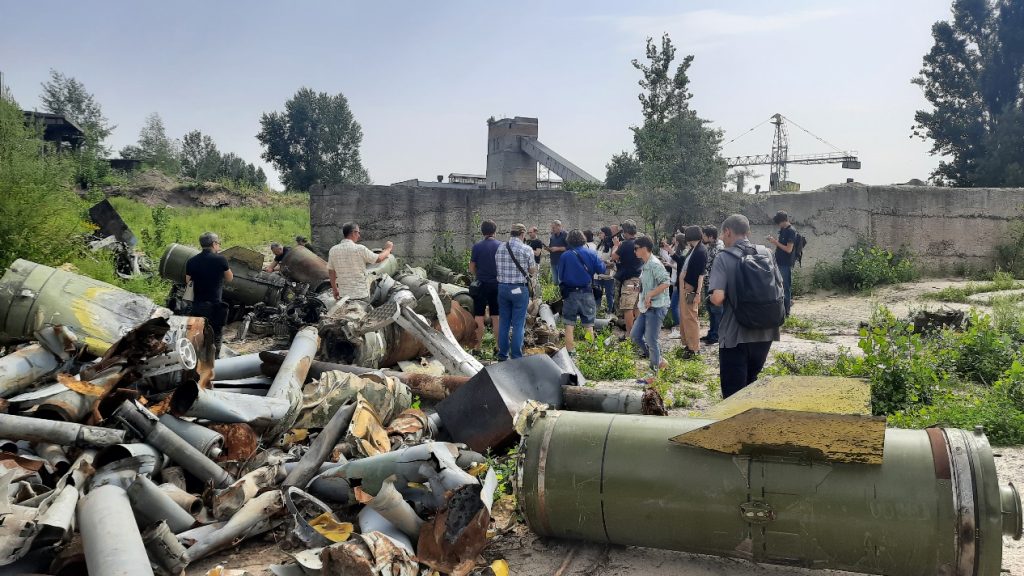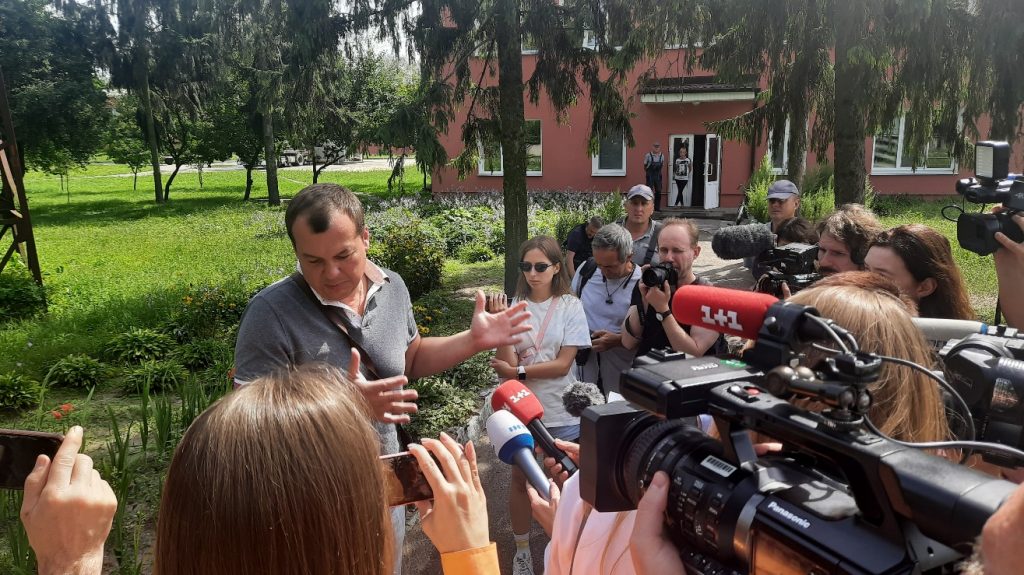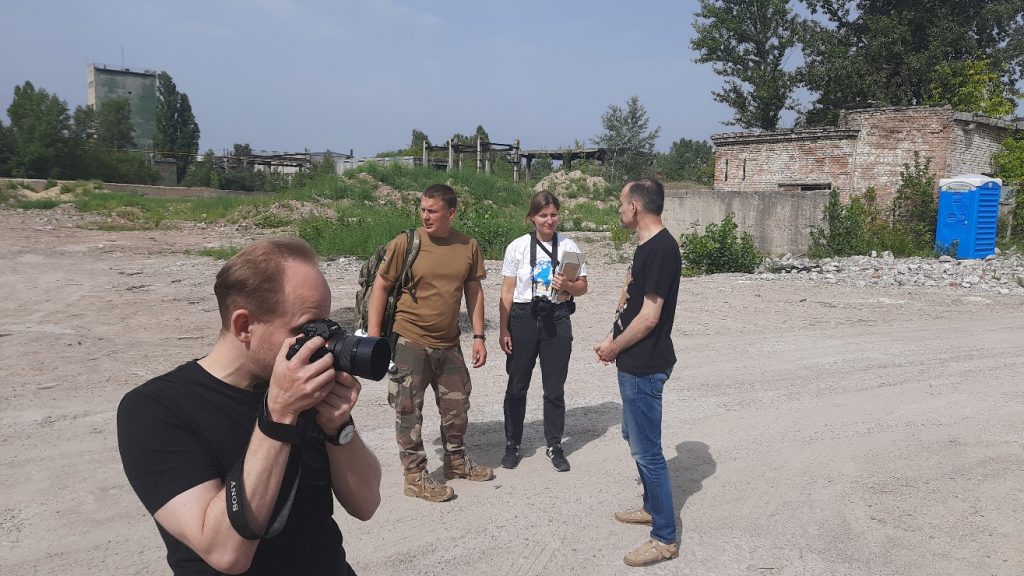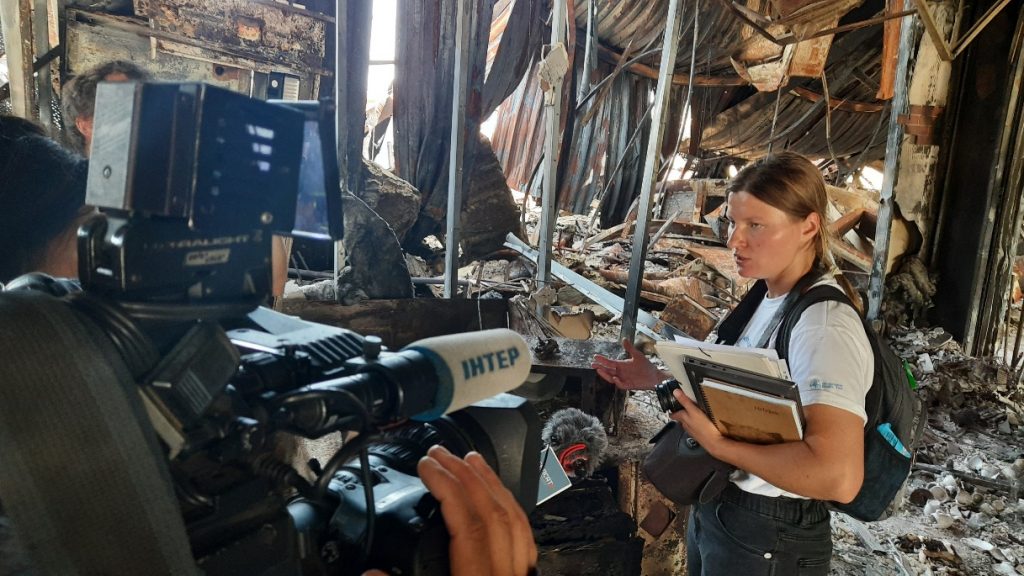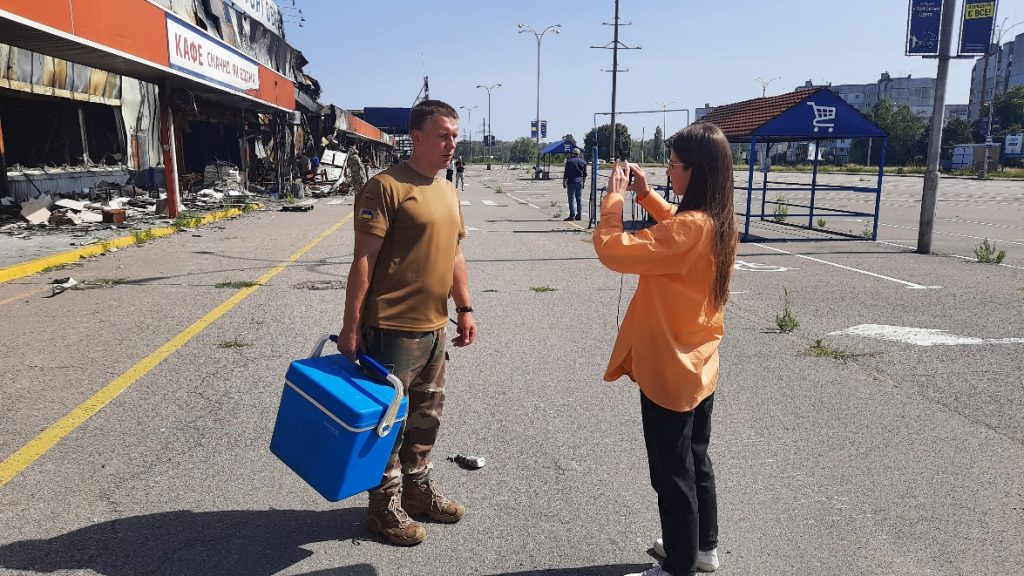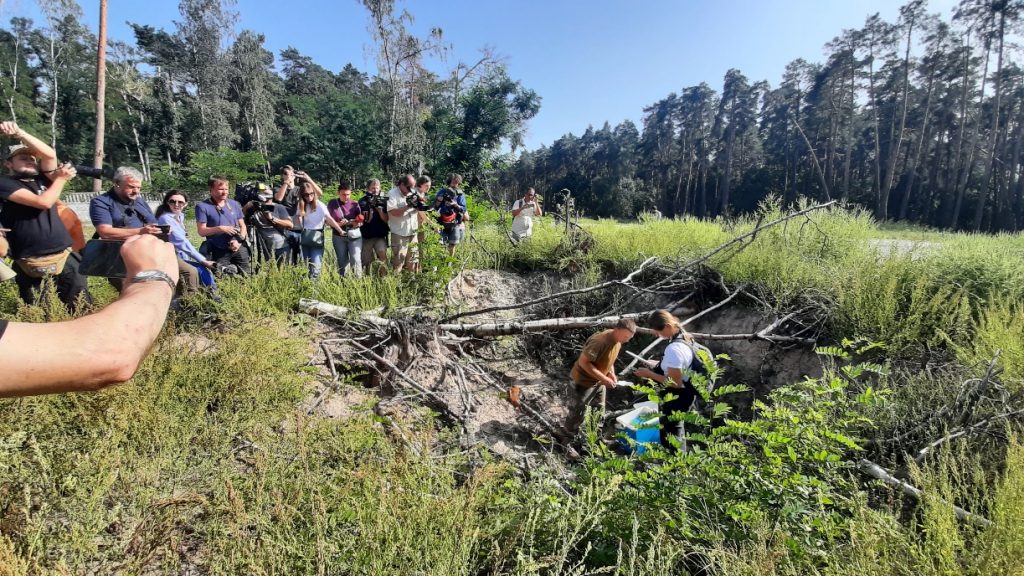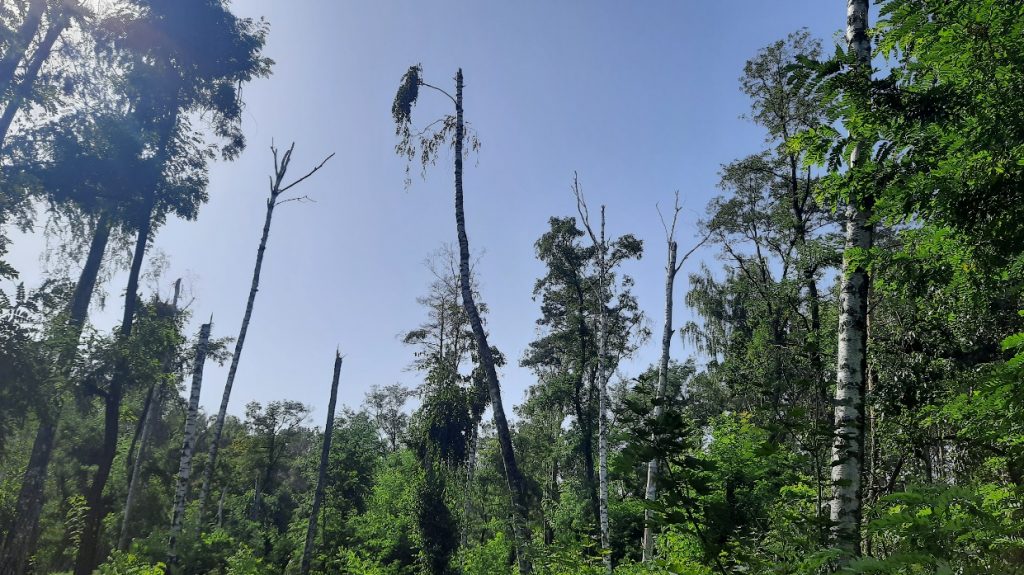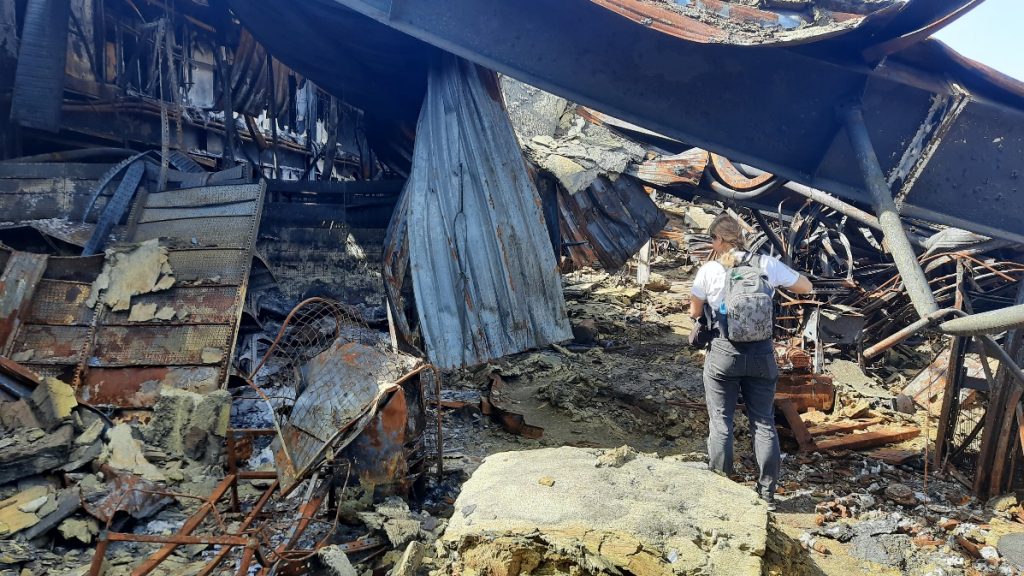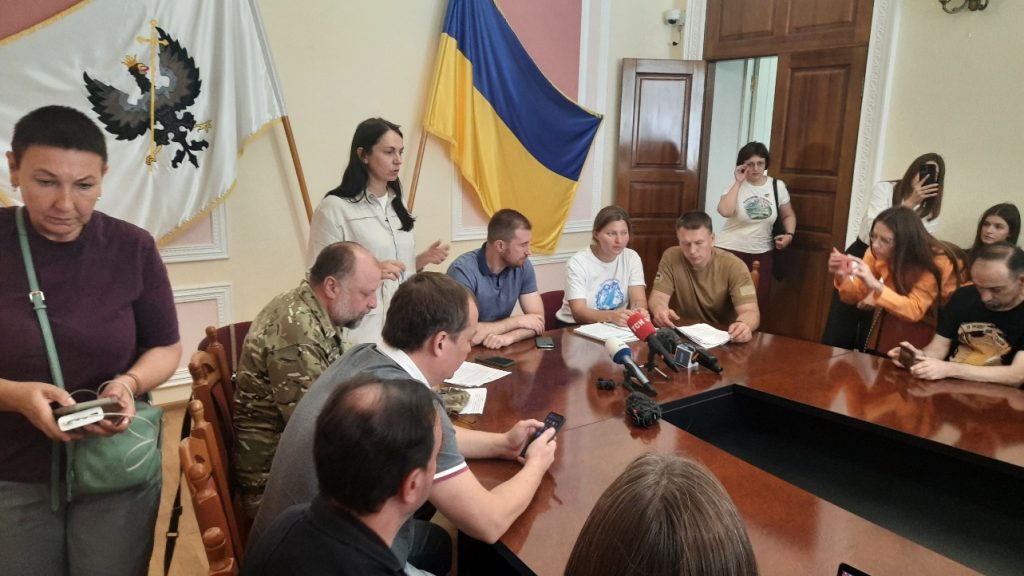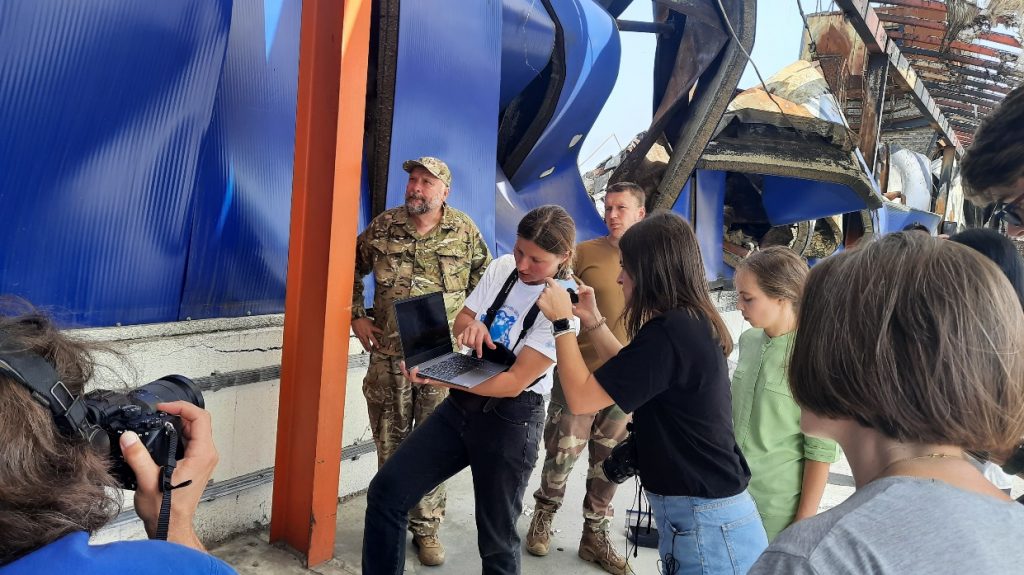EPL together with National Interests Advocacy Network ANTS made a trip to record russian crimes against the environment and a press tour in Chernihiv and the surrounding territories for representatives of the Ukrainian and Western media.
In one of Chernihiv’s industrial zones, debris and remains of
russian missiles, bombs and shells are being collected .
We hope that these materials will soon become evidence in the international court against russia in the litigating demanding among other things compensation by the aggressor state for damages and recognition of such actions as a crime against the environment at the level of a court decision.
In March 2022, all this scrap metal caused dozens of human deaths,
caused billions in damages to the economy and environment of Ukraine.
Unfortunately, we did not visit all the planned facilities. Access to some of them remains restricted.
“In many cases, local authorities, for various reasons, do not properly record the consequences of shelling, do not collect concrete evidence of кussian crimes, do not document them. All this information will be needed for lawsuits against the aggressor state to demand compensation for damages in accordance with the norms of international law.” , – says Anatoliy Pavelko, senior lawyer and environmental scientist of EPL. – All criminal facts, regardless of the types of damages caused, must be reflected as accurately as possible in various protocols and acts directly from the scene of events. This is evidence of russia’s criminal actions.”
During the visit to Chernihivvodokanal.
Anatoly Pavelko and Kateryna Polyanska, EPL environmental scientist and analyst, took photos of environmental pollution and did soil sampling in the forest areas affected by artillery and air strikes at two different sites.
Anatoly Pavelko and Kateryna Polyanska (in the center).
Soil contaminated by harmful substances from explosions, scientific conclusions about this are also evidence for an international court.
During the press tour, EPL environmental scientists and lawyers demonstrated how to collect evidence of russia’s crimes against the Ukrainian environment.
Kateryna Polyanska took photos of the consequences of the fire in the “Epicentr” megamarket with reference to geospatial and satellite databases.
Kateryna Polyanska before inspecting and photographing the fire wreckage
on the site of the “Epicentr” hypermarket.
“These dust particles as consequences of the fire pose a great danger to the residents of the surrounding buildings. One thing is the air pollution due to burning, and the other thing is burnt chemical toxic substances, which are still in large quantities at the site of the fire. They can get with rainwater deep into the soil, with a strong wind – to the settlements of Chernihiv residents and cause diseases,” – notes Kateryna Polyanska.
Anatoly Pavelko with a container for sampling various objects for laboratory research.
“The fact is that there are direct losses for the economy, for enterprises, and there are indirect ones,” adds Anatoliy Pavelko. The latter should be also recorded to serve as evidence in court. If they are not documented, it may turn out that there is no real proof of russian crimes, but there are only someone’s statements or, for example, a video of a vague origin. Therefore, it is necessary to carefully accumulate the evidence base in various areas and prepare it for submission to the court.”
The same explosion crater and soil sampling for further analysis.
Kateryna Polyanska and Anatoliy Pavelko also did soil sampling in explosion craters, in the center and around the places where 500 and 1,500 kilogram bombs fell in a small forest area near a city. In a few days, EPL will send these samples to one of the domestic accredited laboratories for content analysis.
This is what the upper part of the forest looks like after strikes by russian artillery.
How can be used the funds received as compensation for damage to the environment ?
“Exclusively for the cleaning-up of the territories, for their conservation, if necessary, for the extraction and burial of soil or for biotechnical soil purification measures, for conducting additional research on environmental restoration,” Anatoliy Pavelko explains.
Kateryna Polyanska plunges into the slums of “Epicenter” to take pictures of the fire consequences.
Also, during the press tour, together with media representatives, we inspected other objects of Chernihiv city infrastructure that were hit by air and artillery strikes.
Although we did not collect data in these places, we hope that all who were present were able to see themselves the unthinkable scope and variety of russia’s crimes against nature.
A short briefing in the city council of Chernihiv. The Chair of ANTS, Hanna Hopko, talks about the importance of the evidence base of crimes committed by russia
“The war affects all components of nature: hazardous for public health emissions from numerous explosions and fires at industrial facilities enter the air, water is polluted due to damage to water purification and water supply systems, corpses and mass graves, soil at the sites of explosions is contaminated with toxic substances from explosions of bombs and rockets, there is also mine pollution, there is a powerful impact on the flora and fauna due to forest fires, destruction of habitats, noise pollution, deaths due to explosions. Along with genocide, there is ecocide of the nature of Ukraine. This crime must be proven in court !” – emphasizes Kateryna Polyanska.
Kateryna Polyanska demonstrates how she synchronizes
photos with satellite geodatabases
EPL will provide additional information on further actions in the context of the collection and analysis of information and its further submission to the court.

